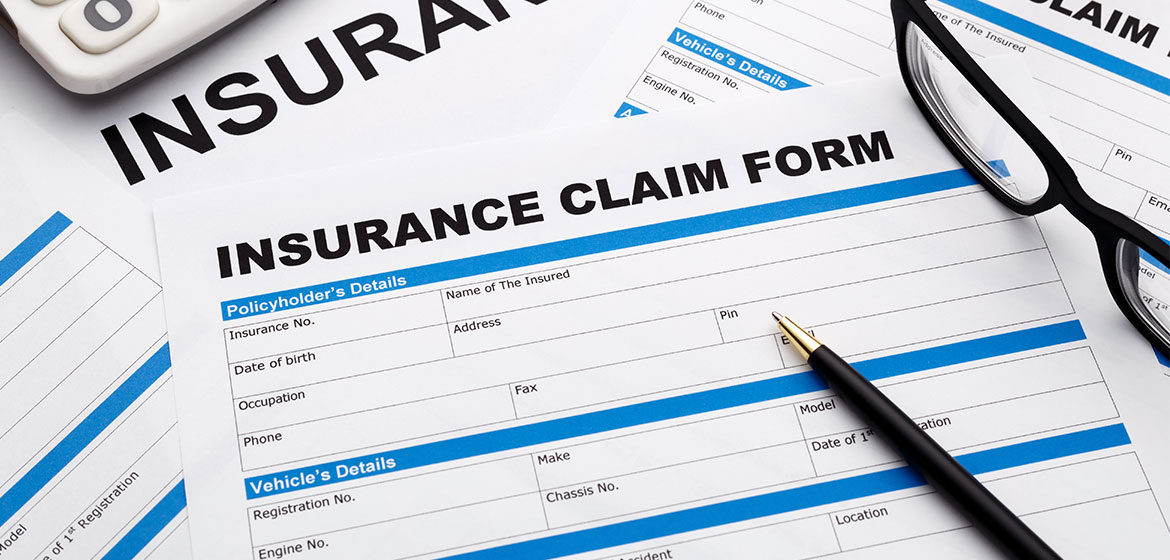When Should You File A Hail Damage Claim?

Nobody wants to pay for something that was out of their control, like a hailstorm that caused damage to their property. In this post, we’ll cover the signs that you should file a hail claim and how to go about doing so.
Signs to Look for
Some hail damage is easy to see, like a shattered windshield on an automobile. Nevertheless, you might not know where to look for hail damage when you evaluate your property after a hailstorm. The following are some typical signs that your property may have been damaged by hail:
- Dented gutters, gutter screens, or downspouts
- Surfaces with chips, cracks, gouges, dents, or dings
- Cracked or chipped siding, windowsills, and casings
- Damage to an air conditioner
- Damaged painted wood surfaces or decks
- Cracked windows
Do Insurance Companies Cover Hail Damage?
It is important to keep in mind that insurance coverage differs depending on the provider and the policy. The language and any addenda, like any other legally enforceable agreement, will be essential in establishing coverage in the event of hail damage. Despite the fact that a lot of homeowner’s insurance policies will cover hail damage, many homeowners with legitimate claims nonetheless have their insurance claims rejected. This is why it’s essential to conduct a pre-loss property inspection early on into home ownership so that the initial condition of your home is well-documented to serve as evidence during the claim procedure.
Filing an Insurance Claim for Roof Damage
Here are just a few of the many factors that influence the level of covered damage to a roofing system:
- age
- installation features
- slope
- size
- shape
- firmness of the hail
- wind speed
When evaluating your claim, adjusters will usually compare the amount of damage to your roof brought on by hail damage to natural processes like deterioration and wear and tear (which are not covered by insurance).
If your hail damage is covered, the extent of the damage must be determined in order to decide if your roof needs to be completely replaced or only partially repaired. Based on the frequency and severity of hail damage to your roof, insurance providers make varying conclusions regarding coverage. They may also try to offer a partial repair without accounting for the mismatched appearance.
What to Do After Sustaining Hail Damage?
Each instance of hail damage has its own special circumstances that must be evaluated individually. Your rights and responsibilities with regard to coverage should be outlined in your insurance policy, assuming you have one.
Here are some recommendations for what to do if your property has been damaged by hail.
- Mitigate damages: Before your insurance provider has had a chance to evaluate your property, refrain from making any comprehensive or permanent repairs.
- Go over your policy: To make sure that your property is protected against hail damage, you should evaluate your insurance policy.
- Collect evidence: Keep as much documentation as you can. Record the damage with photos, videos, and other media.
- File a claim: File a claim with your insurance provider if coverage applies.
Property damage claims can often be difficult and complicated. To ensure that your rights are not compromised, it is crucial to speak with a knowledgeable property damage expert as soon as possible after filing your claim. The lawyers at Stone Claims Group are equipped to help you with your property damage claim. We will leave no hail-stone unturned and advocate for just compensation from your insurance provider through our public-adjusting service.